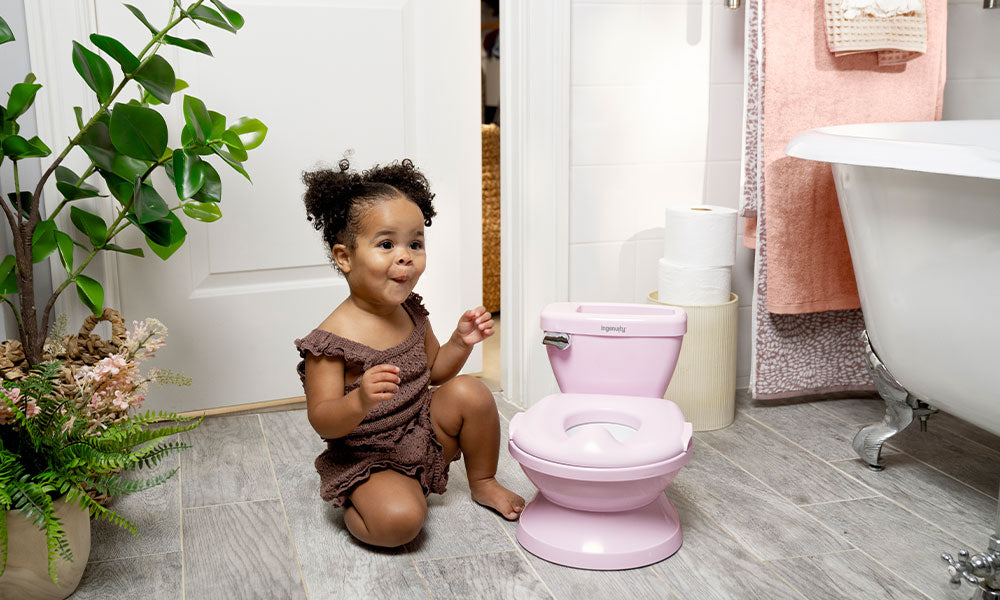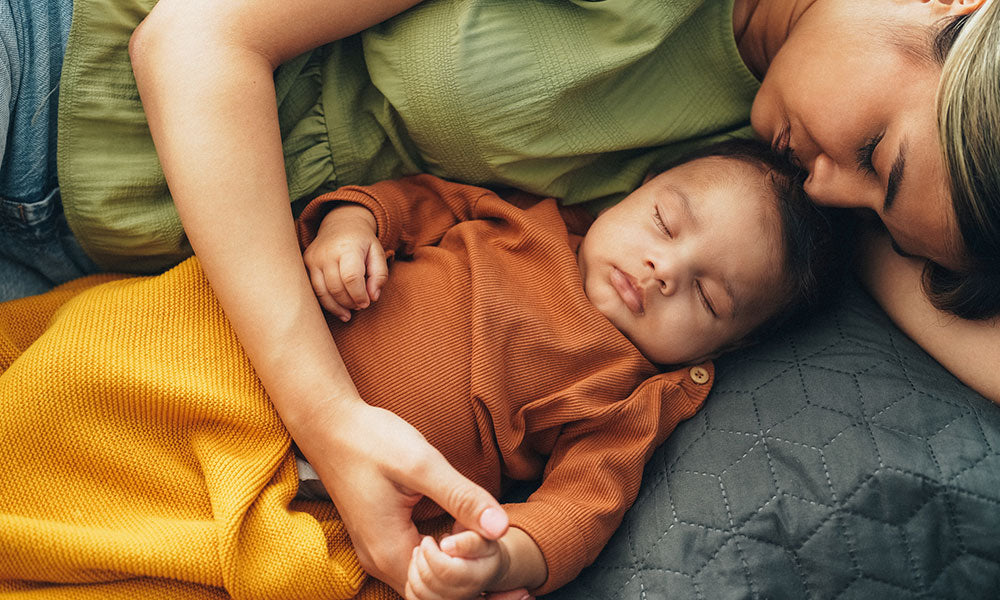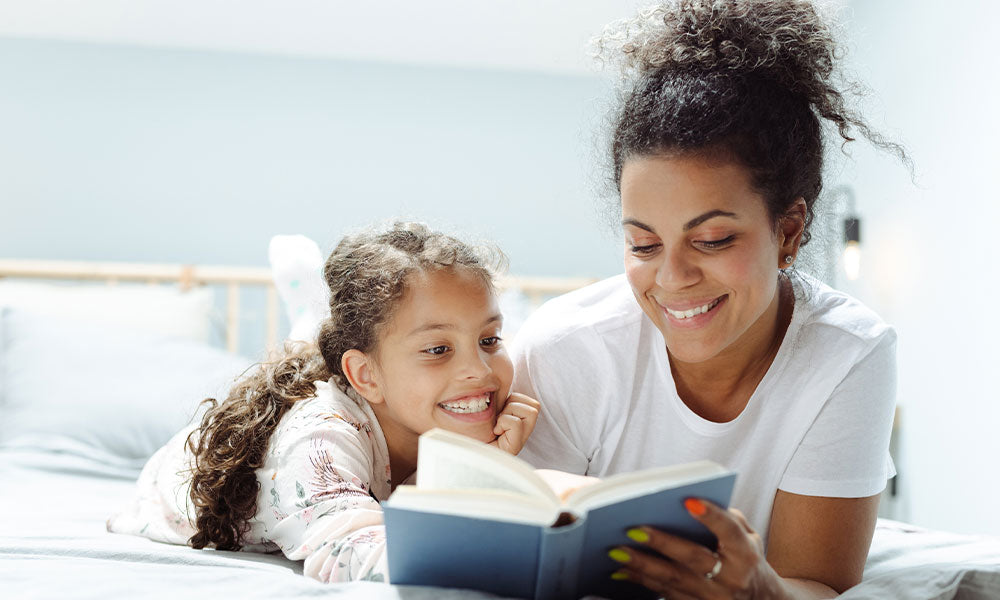There's a moment in every toddler parent's life when the question looms: is it time to start potty learning? When it comes to this greatly anticipated milestone, there is no schedule, no magic formula and, most importantly, no single path to success. However, there is a powerful strategy for supporting your little one through this big developmental leap: partnership.
At Kiddie Academy®, we believe potty learning is a collaborative effort. When parents and child care providers align expectations, language and routines, the result is a calm and consistent experience. This helps little ones not only feel proud of their progress but also build independence and confidence in and out of the bathroom.
The shift from “training” to “learning” (and why it matters)
Moving away from the term potty training and embracing potty learning reflects an understanding that toileting is a learning process, not a drill. Like walking or talking, children master these skills when they are developmentally ready — not because they’re told to. Most toddlers begin showing readiness between 24 and 36 months, but timelines, like your little one, are unique, so don’t panic if their learning process differs.
Partner up: how to work with your child care provider
Toilet learning doesn’t just happen in the bathroom, it happens through routines, repetition and teamwork. Here are four steps to make the most of your partnership with your child care provider:
1. Start with a conversation
Let your provider know when you’re beginning at home and ask how and when potty learning is supported in the classroom. Share your child’s signals, preferences and any language you’re using ("potty," "pee," "poop," etc.) so caregivers can mirror it.
2. Be consistent — together
Embed regular potty times into the day, such as after meals, before naps and when your little one wakes up. You can reinforce this rhythm at home using the “we follow you” approach to help develop comfort with the routine. This approach involves watching for signs of readiness and gently encouraging children at their own pace. This mindset helps remove pressure and supports a more positive and empowering experience.
3. Pack for success
Provide extra clothing and any comfort items your child might need. If you’re using a particular reward or praise strategy, let your provider know so they can be aligned.
4. Celebrate the effort
Focus on encouragement over pressure. “You sat on the potty!” or “You told me you had to go!” helps build your child’s confidence no matter what ends up in the toilet.
Keep it relaxed – it’s about growth, not perfection
Potty learning works best when we all take a deep breath. The more relaxed we are, the more relaxed our children will be. Accidents will happen, and that’s okay. If your toddler resists, gets upset or suddenly wants nothing to do with the toilet, take a break and try again later.
As one of the first big independence milestones your little one will achieve, potty learning is a chance to practice letting your child lead the way. By teaming up with your child care provider, staying flexible and keeping the experience positive, you’ll set your toddler up for a sense of pride, confidence and ownership that goes far beyond the bathroom.



